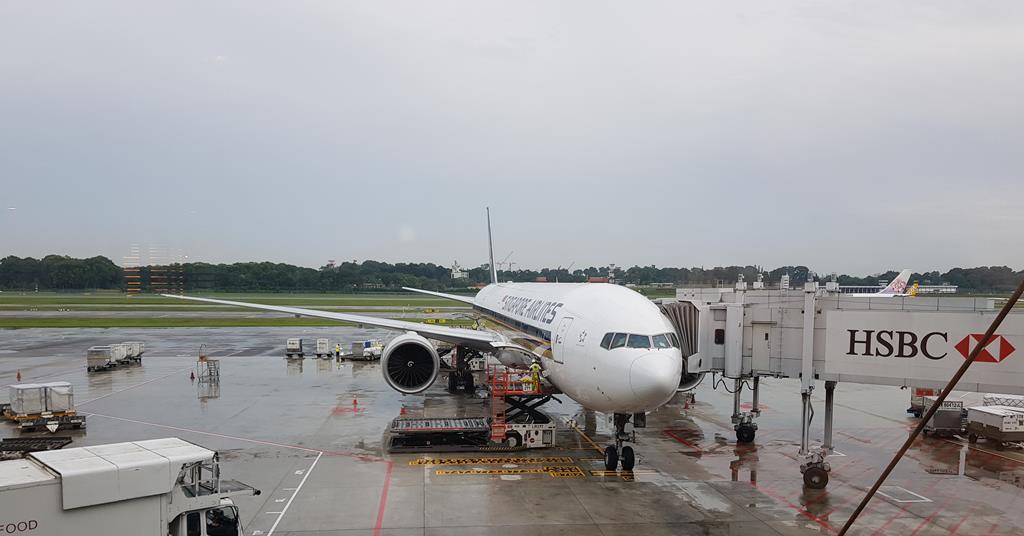jakeseven7
Enthusiast
- Joined
- Sep 9, 2005
- Posts
- 11,310
I’m sure the aviation boffins on here will have a few things to say on this but wow with this report just released into a late 2022 incident..
——
Singapore B773 at Batam, landed significantly below required final reserve fuel, declared emergency
A Singapore Airlines Boeing 777-300ER landed very low on fuel after declaring ‘Mayday Fuel’ and aborting three attempted landings at a diversion airport in Indonesia.
The occurrence took place on 22 October 2022 after the aircraft (9V-SWH) operated a service from London Heathrow, according to a final report by Singapore’s Transport Safety Investigation Bureau (TSIB).
In the wake of the event, SIA has conducted a review of the incident with all pilots, and updating training around fuel management.
Full articles and how it all happened:

 www.flightglobal.com
www.flightglobal.com
——
Singapore B773 at Batam, landed significantly below required final reserve fuel, declared emergency
A Singapore Airlines Boeing 777-300ER landed very low on fuel after declaring ‘Mayday Fuel’ and aborting three attempted landings at a diversion airport in Indonesia.
The occurrence took place on 22 October 2022 after the aircraft (9V-SWH) operated a service from London Heathrow, according to a final report by Singapore’s Transport Safety Investigation Bureau (TSIB).
In the wake of the event, SIA has conducted a review of the incident with all pilots, and updating training around fuel management.
Full articles and how it all happened:

SIA 777 made missed approach, two go-arounds after declaring fuel emergency
A Singapore Airlines Boeing 777-300ER landed very low on fuel after declaring 'Mayday Fuel' and aborting three attempted landings at a diversion airport in Indonesia.
















